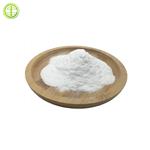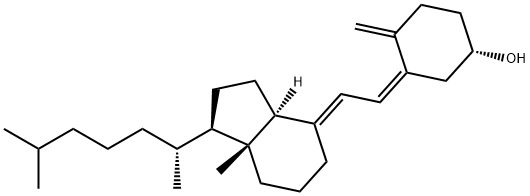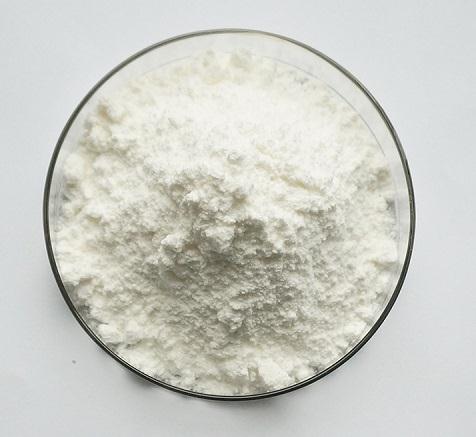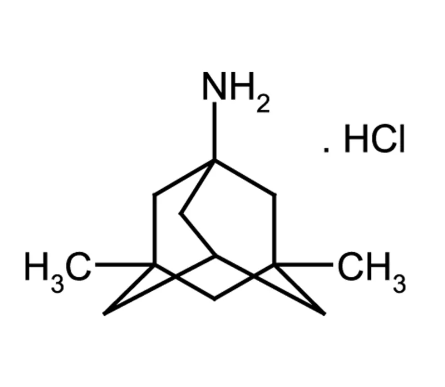Vitamin D3: Mechanism of Action and Role in Folliculogenesis Regulation
Description
Vitamin D3 is a type of vitamin D that is produced by the skin when exposed to UVB light; it is found in certain foods and can be taken as a dietary supplement.

Mechanism of Action
By itself vitamin D3 is inactive. It is converted to its active form by two hydroxylations: the first in the liver, by CYP2R1 or CYP27A1, to form 25-hydroxycholecalciferol (calcifediol, 25-OH vitamin D3). The second hydroxylation occurs mainly in the kidney through the action of CYP27B1 to convert 25-OH vitamin D3 into 1,25-dihydroxycholecalciferol (calcitriol, 1,25-(OH)2vitamin D3). All these metabolites are bound in blood to the vitamin D-binding protein. The action of calcitriol is mediated by the vitamin D receptor, a nuclear receptor which regulates the synthesis of hundreds of proteins and is present in virtually every cell in the body.1
Role in Folliculogenesis Regulation
Influence on Anti-Müllerian Hormone (AMH) and Ovarian Reserve
Vitamin D3 has emerged as a crucial regulator in female fertility through its impact on the ovarian reserve and the secretion of anti-Müllerian hormone (AMH). Studies demonstrate a positive correlation between plasma 25(OH)D3 levels and AMH concentration, implicating Vitamin D3 in maintaining the ovarian reserve by modulating follicular recruitment. Vitamin D3's influence on AMH gene expression, possibly mediated through the VDRE sequence in the AMH gene promoter, highlights its role in fine-tuning hormonal balance within follicular cells.2
1"From vitamin D to hormone D: fundamentals of the vitamin D endocrine system essential for good health". The American Journal of Clinical Nutrition. 88 (2): 491S–499S. doi:10.1093/ajcn/88.2.491S
2 Grzesiak M. Vitamin D3 action within the ovary - an updated review. Physiol Res. 2020; 69(3): 371-378.
References:
[1] NORMAN A W. From vitamin D to hormone D: fundamentals of the vitamin D endocrine system essential for good health1[J]. American Journal of Clinical Nutrition, 2008, 88 2: 253-481. DOI:10.1093/ajcn/88.2.491S.[2] GRZESIAK M. Vitamin D3 action within the ovary - an updated review.[J]. Physiological research, 2020, 69 3. DOI:10.33549/physiolres.934266.
You may like
Related articles And Qustion
See also
Lastest Price from Vitamin D3 manufacturers

US $0.00-0.00/kg2025-11-06
- CAS:
- 67-97-0
- Min. Order:
- 1kg
- Purity:
- 99% up
- Supply Ability:
- 20tons

US $20.00/box2025-10-13
- CAS:
- 67-97-0
- Min. Order:
- 1box
- Purity:
- 99%
- Supply Ability:
- in stock





